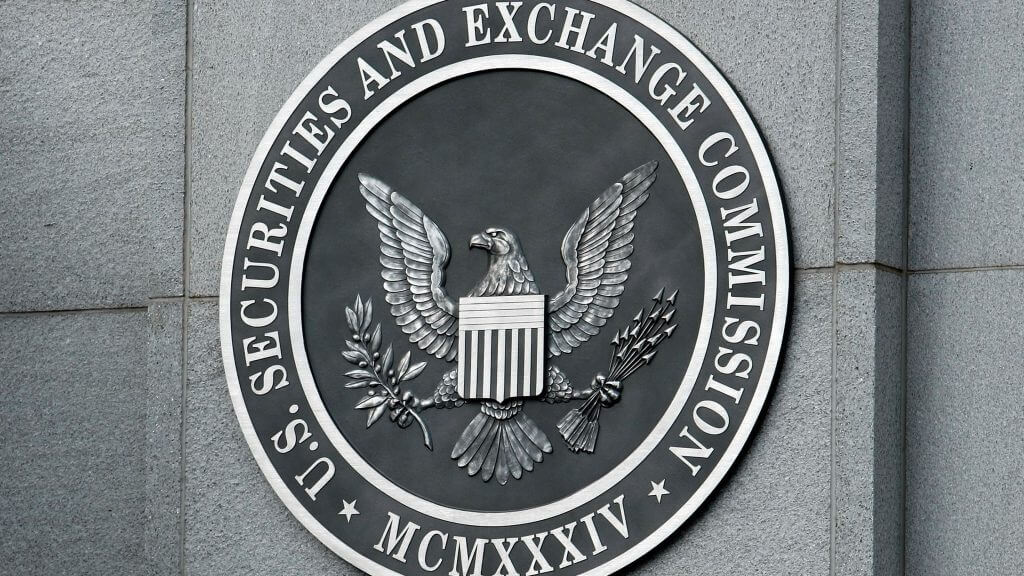As SEC Debates Whether Cryptocurrencies Are Securities, Initiative Seeks to Distance XRP from Ripple

If successful, R3's lawsuit against Ripple could yield it billions of dollars worth of XRP, the fourth-largest cryptocurrency.
The world’s third-largest cryptocurrency is about to get a makeover, at least if one supporter gets his way.
Earlier this week, Alexavier Guzman unveiled XRP Symbol, an open-source quest to find a new logo for XRP — and assign it a Unicode-compliant currency sign.
Guzman explained in a Forbes op-ed that he was prompted to start the initiative after realizing that although XRP has an ISO 4217 currency code (XRP), it does not have a Unicode Standard symbol.
He wrote:
“The XRP Symbol is an open-source project that started after I realized that XRP was using an ISO 4217 currency code and not a symbol or currency sign. Other cryptocurrencies like Bitcoin were given a symbol that was added to the Unicode Standard, the symbol for Bitcoin is “₿”… I believe that XRP should be treated just like any other currency.”
Ripple has lent its approval to the effort and has encouraged its social media follows to contribute to the project.
However, the XRP Symbol project has another major goal: choose an XRP logo that is not identical to the one used by Ripple, the San Francisco-based company that issues and develops financial products that use the currency.
“Because XRP does not currently have its own symbol or logo, the currency is often associated with Ripple’s trademark,” Guzman wrote. “Because of this, many people believe that XRP is a product of Ripple, and even go as far as to call XRP ‘ripples.’”
Of course, the perception that XRP is a product of Ripple is based on more than just the logo, as the company is the chief issuer of the asset.
At one point, Ripple owned 80 percent of the total XRP supply, which is capped at 100 billion (the other 20 percent was split between its creators), which it has distributed through sales, grants, donations, and other giveaways. The company currently holds about 60 billion XRP, most of which are held in escrow.

The close association between Ripple and XRP has become a sticking point in recent months, as the US Securities and Exchange Commission (SEC) has stepped up its enforcement of securities violations within the nascent cryptocurrency industry.
According to reports, the SEC is internally debating whether certain cryptocurrencies should be classified as securities. Little from these discussions has been leaked, but regulators were said to have met on May 7 to discuss the matter.
One former regulator — Gary Gensler, who led the Commodity Futures Trading Commission (CFTC) under the Obama administration — said recently that he would classify XRP as a “noncompliant security” due to its distribution structure.
Notably, the company’s messaging on this point has shifted in recent weeks. In April, chief market strategist Cory Johnson said in an interview that XRP “We’re 100 percent clear, it’s not a security. We don’t meet the standards.”
However, earlier this month Ripple head of communications Tom Channick took a somewhat softer tone in a statement made to CCN.com.
“Whether or not XRP is a security is for the SEC to decide,” he said. “We continue to believe XRP should not be classified as a security.”
Admittedly, the shift is somewhat slight, but it does seem significant given the current regulatory climate.
Images from Shutterstock.